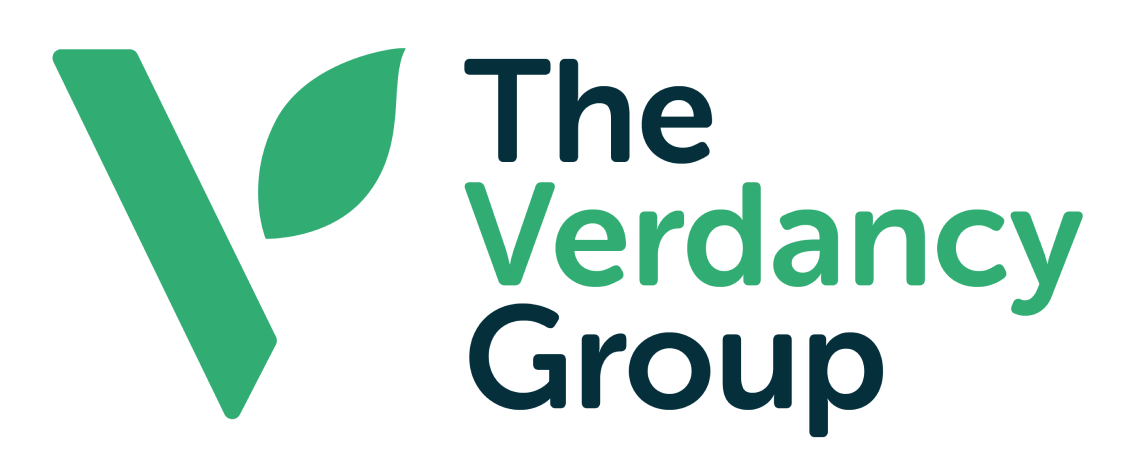Register for FY25
Full-Year Financial and Programmatic Results
Using Metric Frameworks to Create a Learning Community


August 10, 2020
Over the past three weeks, I have been focusing on the use of metrics in building a sustainable, relevant organization that makes measurable impact in the lives of the people it serves. We have discussed creating a data-driven decision-making model, developing a culture of curiosity about data within staff, and presenting (analyzed) information in a way that tells the story of organizational impact in a meaningful, understandable, and compelling way.
This week, I would like to talk about using a metrics framework to create a community of learning within and across business units of an organization.
The Fedcap Group comprises companies spanning the US, Canada and the UK. The individual strategic plans of each company roll up to an organizational-wide plan that lays out four major Strategic Goals for 2020-2025.
Every company of The Fedcap Group:
- Consistently achieves a 12% margin, allowing us to continue to invest in state-of-the-art technology, top talent, agency-wide professional development, and critical facility upgrades.
- Exceeds contractual and regulatory requirements.
- Amplifies its impact by providing services that are not contractually required to families of individuals served (i.e. providing early intervention and child development services to the children of the adults involved in our programs).
- Develops and implements solutions that impact the design and delivery of government services—resulting in an overall improvement in the outcomes.
The Fedcap Group holds weekly Zoom calls, where company Presidents/Executive Directors discuss a variety of topics germane to the overall corporate health of the organization. Increasingly, we are using data as the foundation for these discussions. Take, for example, the strategic goal of exceeding contractual and regulatory requirements. While we have assisted company executives by developing contract management tools that they can use if they choose, the most important aspect of contract management is building teams of people who are able to articulate contract goals, understand methods of measurement, participate in consistent data collection, have developed processes for review of metrics, and have the ability to rapidly course correct as indicated.
This is no small task. Especially given the fact that a good number of our companies have over 50 government contracts.
During our last several Zoom meetings, several company leaders have shared their framework for contract management. It was interesting to see how different and how similar the models were. While the intricacies of the models were different, every company that is successful in managing contracts each has the following:
- a written protocol in place;
- a framework that is well understood by the team;
- frequent reporting timeframes;
- established points in time to review outcomes; and
- well documented steps to improve outcomes when required.
Most had some form of alert system (green, yellow and red) that highlighted to the team the urgency of the contract issue.
Sharing these frameworks and encouraging discussion around implementation and strategies for course-correction helps develop a culture of cross-company learning and minimizes the need for each company to reinvent the wheel.
As always, I welcome your thoughts.
Share on
Share on facebookShare on twitterShare on linkedinShare on emailShare on pocket
-min.avif)


